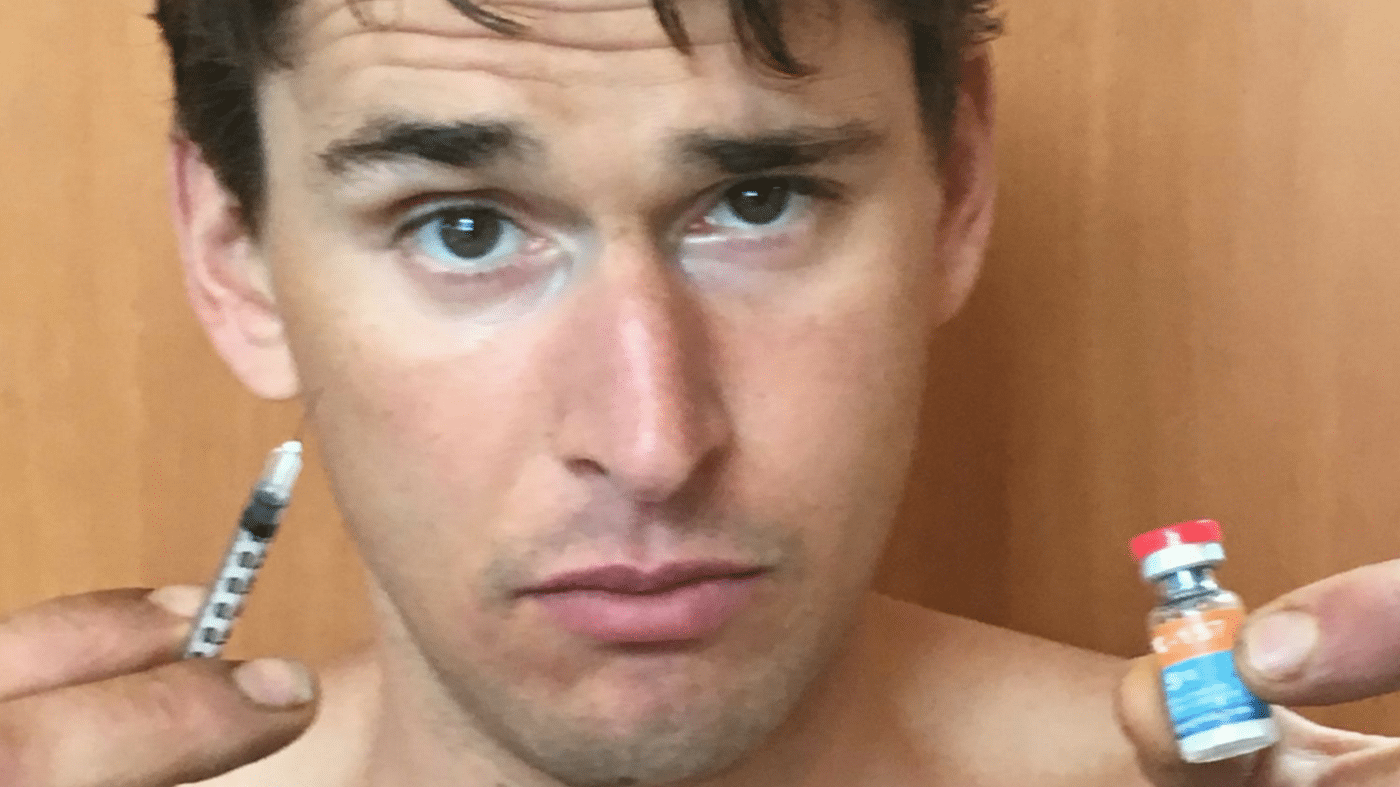To convert BPC157 into the facility, we formerly conducted preclinical safety studies and found that BPC157 was well endured and did not show severe toxicity (Xu et al., 2020). Experiments were done to identify the pharmacokinetics, absorption, distribution, metabolic process, and discharging features of BPC157 in rats and dogs. BPC157 gradually weakened right into small molecular pieces and ultimately right into single amino acids, which went into the metabolic blood circulation in vivo.
Understanding Improved Recovery Processes At A Cellular Level
BPC 157, of which the LD1 has not been achieved, has been applied as an anti-ulcer peptide in inflammatory bowel disease tests and just recently in a several sclerosis trial. In pets, BPC 157 has an anti-inflammatory result and therapeutic effects in useful recovery and the rescue of somatosensory nerve cells in the sciatic nerve after transection, upon brain injury after concussive trauma, and in severe encephalopathies. A restorative representative chosen for the therapy of wounds ought to preferably improve several stages of healing without creating deleterious adverse effects.
Is Bpc-157 Fda-approved? Exist Alternatives?
These findings may supply assistance for the possible use of BPC-157 as a wound-healing restorative representative. The well established sight in cellular biology determines that fibroblasts, keratinocytes, and endothelial cells add to the spreading program of injury recovery. Therefore, we evaluated the impact of BPC-157 on cell growth of NIH3T3, HaCaT, and HUVEC lines by a MTT cell expansion assay. As displayed in Number 4A, BPC-157 (1 μg/ mL– 10 μg/ mL) was discovered to significantly boost the spreading of HUVECs in a concentration-dependent fashion after 2 days of treatment.
In one research study, it influenced Egr, Nos, Srf, Vegfr, Akt1, Plcɣ, and Kras genetics expression in the vessel that offers an alternate operating pathway (i.e., the left ovarian capillary as the key for infrarenal occlusion-induced substandard vena cava disorder in rats) (Vukojevic et al., 2018). In the hippocampus, BPC 157 strongly boosts Egr1, Akt1, Kras, Src, Foxo, Srf, Vegfr2, Nos3, and Nos1 expression and lowers Nos2 and Nfkb expression; these changes may show how BPC 157 exerts its impacts (Vukojevic et al., 2020). In addition, alleviated leaking digestive tract disorder recommends that BPC 157 is a stabilizer of cellular junctions by boosting tight junction protein ZO-1 expression and transepithelial resistance (Park et al., 2020). A decrease in the mRNA level of inflammatory arbitrators (iNOS, IL-6, IFN-γ, and TNF-α) and increased expression of HSP 70 and 90 and antioxidant healthy proteins such as HO-1, NQO-1, glutathione reductase, glutathione peroxidase 2, and GST-pi were observed (Park et al., 2020). These findings plainly show that BPC 157 may successfully take on the initial events in intra-abdominal hypertension (i.e., significant damages to the intestinal tract epithelium and expansion of intestinal tract limited junctions, enhanced mucosal barrier leaks in the structure, microbial translocation, and blood poisoning (Gong et al., 2009)).
BPC-157 has been examined for its possible neuroprotective results, including security versus mind injuries, stroke, and neurodegenerative illness. This consists of velocity of healing from muscle mass rips and boosted tendon recovery, making it of interest to sports medication. This episode will certainly assist you much better understand the quickly broadening landscape of peptide therapeutics and just how to review if specific peptides could be beneficial in the direction of attaining your physical or mental health and wellness objectives.
Nevertheless, BPC-157 did not advertise either NIH3T3 or HaCaT cell spreading (data disappointed). HUVECs were revealed to BPC-157 peptides with local shipping Australia (1 μg/ mL, 5 μg/ mL, and 10 μg/ mL) for 2 days and afterwards analyzed by circulation cytometry. Outcomes showed that BPC-157 obviously decreased the cell number in the G0/G1 phase in a dose-dependent fashion compared to the number in the control group (Number 4B). These searchings for indicated that BPC-157 could regulate the cell practicality and impact HUVEC cell cycle leave in the G0/G1 stage.
The series does not exist in nature, but instead has been replicated and synthesized by scientists from the safety healthy proteins discovered in tummy tissue. Ilic, S., Brcic, I., Mester, M., Filipovic, USA-certified BPC-157 peptides M., Sever, M., Klicek, R., et al. (2009 ). Undermined Stomach Ulcers, Seizures, Mind Lesions, Hepatomegaly, Fatty Liver, Failure of Liver Glycogen, Profound Hypoglycemia and Calcification in Rats. The pet research study was reviewed and accepted the Ethics Board of Institution of Medication Zagreb. Keremi, B., Lohinai, Z., Komora, P., Duhaj, S., Borsi, K., JobbaGy-Ovari, G., et al. (2009 ). As we remain to witness the advancement of health and health treatments, it’s essential to stay informed and supporter for safe yet dynamic medical care options.
As we remain to witness the advancement of health and health treatments, it’s essential to stay informed and supporter for safe yet dynamic medical care options.
